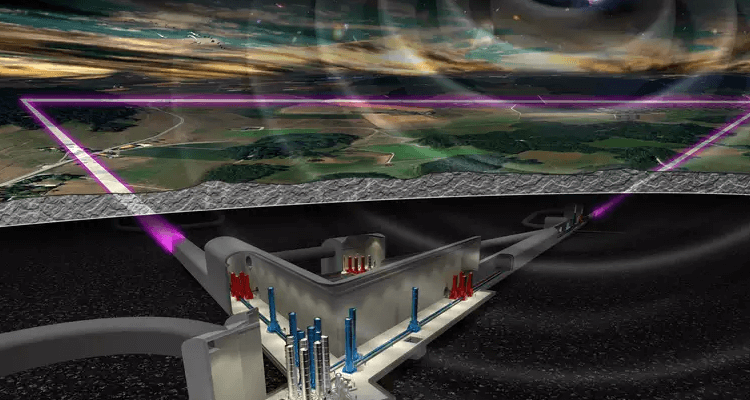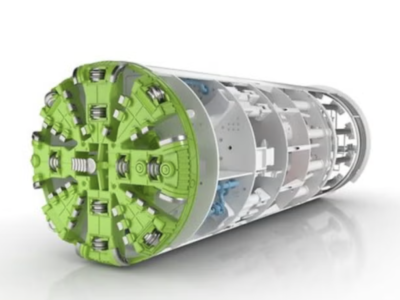
Investigation on the suitability of the soil in the border area of Belgium, Germany and the Netherlands for an underground gravitational wave observatory is slated to be done by Tunnel Engineering Consultants (TEC).
Conducting a technical feasibility study of a potential site for the Einstein Telescope will be up to TEC on behalf of the Dutch National Institute for Subatomic Physics (Nikhef), while an underground structure that will host a third-generation gravitational wave detector will be the content of this proposed project.
As a joint venture between Dutch firms Royal Haskoning DHV and Witteveen Bos, TEC is due to be collaborating with three international engineering and consultancy firms: Swiss Amberg Group and Lombardi Group, and Belgian Tractebel.
The location of this investigation will be the Meuse–Rhine Euroregion, which covers five regions across Belgium, Germany and the Netherlands and it involves multiple universities and technology companies.
Currently, the preliminary work of thease three countries jointly is to investigate whether they can house the observatory in South Limburg due to its unique soil conditions, with soft topsoil that can dampen disruptive vibrations caused by human activity on the surface.
The Einstein Telescope will consist of a triangle of three vacuum corridors, each 10km long, located 250m to 300m below the Earth’s surface.
Regularly monitoring the length of its three detector corridors with sensitive lasers and vibration-free suspended lasers, gravitational waves are measured in the observatory. If that length changes in a specific pattern, it is the signal of a passing gravity wave.
The underground telescope will provide scientists with new insights into the history of the universe, as it can detect a thousand times more gravity waves than its predecessors.
According to TEC managing director Hans de Wit: “The Einstein Telescope is unique in the world. It is science of the highest order, and we are extremely proud that with our knowledge and experience we can contribute to this iconic observatory.”
Surveying the suitability of the subsurface, the best position of the three points of the triangle and all technical challenges surrounding building tunnels at depth, are the part of the feasibility study, that the project team will investigate.
Following completion of the feasibility study, the Netherlands, Belgium and Germany are going to decide at cabinet level whether to put it forward as a possible location for the Einstein Telescope.
The scheduled date for final decision on the observatory location at European level is 2025/2026, whereas construction is expected to commence in 2028.
In related news, Royal Haskoning DHV and Witteveen Bos recently joined forces with Ramboll for the development of innovative tunnel solutions, following their collaboration on the world’s longest immersed tunnel, the Fehmarnbelt.
















